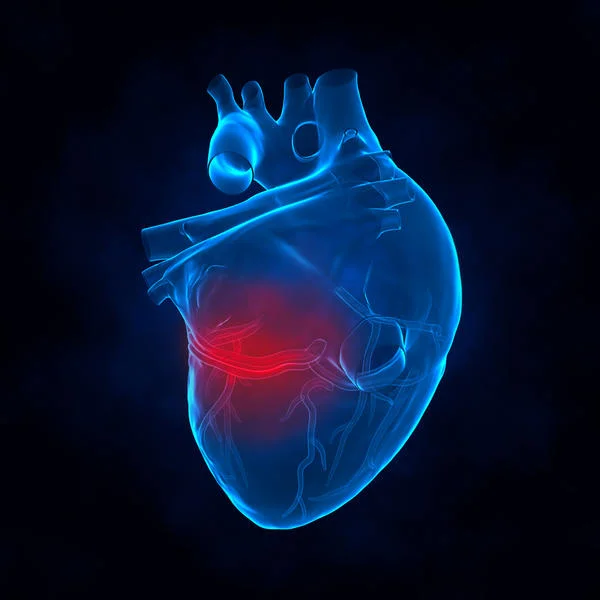Ventricular Septal Defect (VSD)
A ventricular septal defect (VSD) is a birth defect of the heart in which there is a hole in the wall (septum) that separates the two lower chambers (ventricles) of the heart. This wall also is called the ventricular septum.
EQUIPMENT and KITS needed:
1 Barts Angiopack
1 Large chloraprep
2 6Fr femoral sheath (venous + arterial access)
1 Cook femoral needle
1 6Fr JR4 diagnostic catheter
1 6Fr Pigtail diagnostic catheter
1 Gooseneck snare 25mm
1 Terumo J-tip 260cm guidewire
1 Prostyle
1 Ultrasound probe cover
1 1Litre NaCl for device/plug soaking
A ventricular septal defect (VSD) is a hole in the heart. It's a common heart problem present at birth (congenital heart defect). The hole occurs in the wall that separates the heart's lower chambers (ventricles).
A VSD changes how blood flows through the heart and lungs. Oxygen-rich blood gets pumped back to the lungs instead of out to the body. The oxygen-rich blood mixes with oxygen-poor blood. These changes may increase blood pressure in the lungs and require the heart to work harder to pump blood.
A small ventricular septal defect may cause no problems. Many small VSDs close on their own. Babies with medium or larger VSDs may need surgery early in life to prevent complications.
Symptoms
Symptoms of serious heart problems present at birth (congenital heart defects) often appear during the first few days, weeks or months of a child's life.
Symptoms of a ventricular septal defect (VSD) depend on the size of the hole and if there are any other heart problems. A small VSD may never cause symptoms.
In general, VSD symptoms in a baby may include:
Poor eating
Slow or no physical growth (failure to thrive)
Fast breathing or breathlessness
Easy tiring
Whooshing sound when listening to the heart with a stethoscope (heart murmur)
Symptoms of a ventricular septal defect in adults may include:
Shortness of breath, especially when exercising
Whooshing sound when listening to the heart with a stethoscope (heart murmur)
Causes
Ventricular septal defect (VSD) occurs as the baby's heart is developing during pregnancy. The muscular wall separating the heart into left and right sides doesn't form fully, leaving one or more holes. The size of the hole or holes can vary.
There's often no clear cause. Genetics and environmental factors may play a role. VSDscan occur alone or with other heart problems present at birth. Rarely, a ventricular septal defect can occur later in life after a heart attack or certain heart procedures.
How the heart works
To understand more about ventricular septal defect (VSD), it may be helpful to know how the heart typically works.
The typical heart is made of four chambers — two upper chambers (atria) and two lower chambers (ventricles).
The right side of the heart moves blood to the lungs.
In the lungs, blood picks up oxygen.
The lungs pump the oxygen-rich blood to the heart's left side.
The left side of the heart pumps the oxygen-rich blood to the rest of the body.
A ventricular septal defect changes the direction of blood flow in the heart and lungs. The hole lets oxygen-rich blood go back into the lungs, instead of going out to the body. Oxygen-rich blood and oxygen-poor blood now mix together. If the ventricular septal defect is large, the blood pressure in the lung arteries may increase. The heart then must work harder to pump blood. A large VSD can also increase the amount of blood flow in the lung arteries, causing congestion.
Complications
A small ventricular septal defect (VSD) may never cause any problems. Some medium or large VSDs may be life-threatening. Treatment can help prevent many complications.
Complications of ventricular septal defect can include:
Heart failure. In a heart with a medium or large VSD, the heart works harder and the lungs have too much blood pumped to them. Without treatment, heart failure can develop.
Eisenmenger syndrome. An unrepaired hole in the heart can lead to this complication after many years. Irregular blood flow causes the blood vessels in the lungs to become stiff and narrow. Blood pressure rises in the lungs' arteries (pulmonary hypertension). This syndrome permanently damages the blood vessels in the lungs.
Endocarditis. This is a rare complication of VSD. An infection causes life-threatening inflammation of the inner lining of the heart's chambers and valves.
Other heart problems. These include heart valve disease and irregular heart rhythms (arrhythmias).







